Frank Lloyd Wright’s Chicago
Do Wright right on these Chicago architecture tours.
By:
Alan Solomon

Photographer: David Schalliol
To enjoy all the Wright-related properties, take a tour through the Chicago Architecture Foundation or the Frank Lloyd Wright Tour group.
The Chicago area boasts 3 Frank Lloyd Wright sites that are essential stops for any Wright fan. All 3 are open to the public and all 3 are located near more Wright structures.

Today it's maintained by the Frank Lloyd Wright Preservation Trust, which offers tours and works tirelessly to restore it and keep the beautiful place from falling apart.
3. Wright Home & Studio


One, at 333 Forest, is an early 1895 design (adjusted later after a fire), which from the outside shows little of the architect's trademark elements and is, in fact, kind of a stylistic mess. But the others are pure FLW, notably the Heurtley House (1902) at 318 Forest, which with its sleek rooflines and earthen materials practically screams Prairie. Nine more Wright houses are on neighboring streets, making this a don't-miss tour for students of the man's work.

"They teach it in every art school and architecture school in the world," says volunteer greeter Brian Flora, whose sign-in sheet typically has more foreign signatures than American. "It broke the box."
From the outside, the church looks a bit like a multilevel concrete bunker, in stark contrast to the ornate, steepled churches of the time that still dot the neighborhood. But the inside is a wonder of elegant yet functional simplicity and is classic Frank Lloyd Wright: much use of unpainted wood, hanging light fixtures that combine geometric supports and unadorned globes, splendid natural light and, seen so often in Wright homes, a fireplace as a gathering spot.
It's still a working church, now Unitarian Universalist, and serves as a performance venue and community meeting place.
Next Up
11 Twin Peaks Locations You Can Visit in Real Life
Where to find a damn fine cup of coffee and more.Keep in mind: Price and stock could change after publish date, and we may make money from these links.
5 Family Adventures in Hawaii
Put the phones down and make memories to last a lifetime with these thrilling activities on the island of Hawaii.
24-Hour Guide to Detroit
See why the Motor City is one of the country's hottest travel destinations.
10 Wild West Family Adventures
Discover how Buffalo Bill, U.S. soldiers, railroaders and Pony Express riders opened the west.
This Majorly Discounted CityPASS Will Let You Visit 5 of Seattle’s Best Attractions for a Fraction of the Cost
Save big on admission tickets to some of Seattle's best attractions like the Space Needle, Museum of Pop Culture and more.
12 Best Bites and Sips from Maine’s Midcoast
Experience these Down East culinary highlights.
Who Knows NYC Best?
Man v. Food’s Casey Webb matches wits (and appetites) with Food Network’s Vivian Chan to find out who has the real 411 on their home city in Man v. NYC. Ready to judge their throwdown?
6 Fun Day Trips from Washington, D.C.
There’s a lot to do in our nation's capital but sometimes you just want to get out of town. Here are six fun day trips.
3 Must-Do Outdoor Activities in the Great Smoky Mountains
There's nothing like a challenging hike with a rewarding view.
How the 1906 Earthquake Changed San Francisco
Disaster leveled "the Paris of the West" a century ago — and its aftermath echoes through the city today.
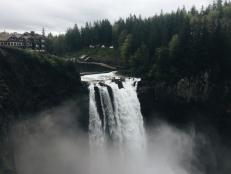
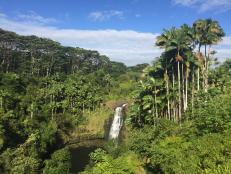
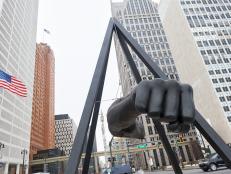
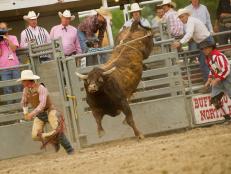
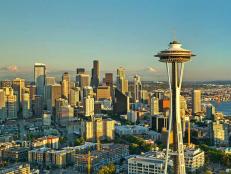
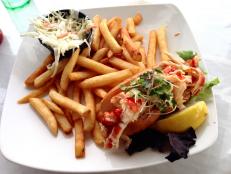
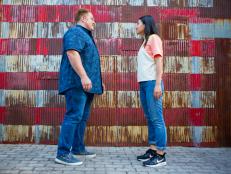
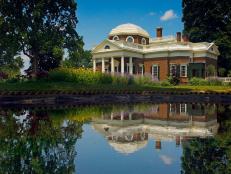
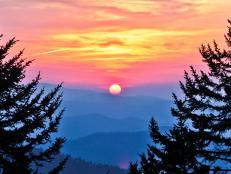
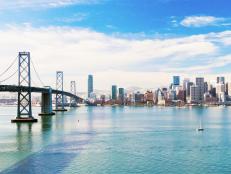

















.jpg.rend.hgtvcom.231.174.suffix/1674758726773.jpeg)











